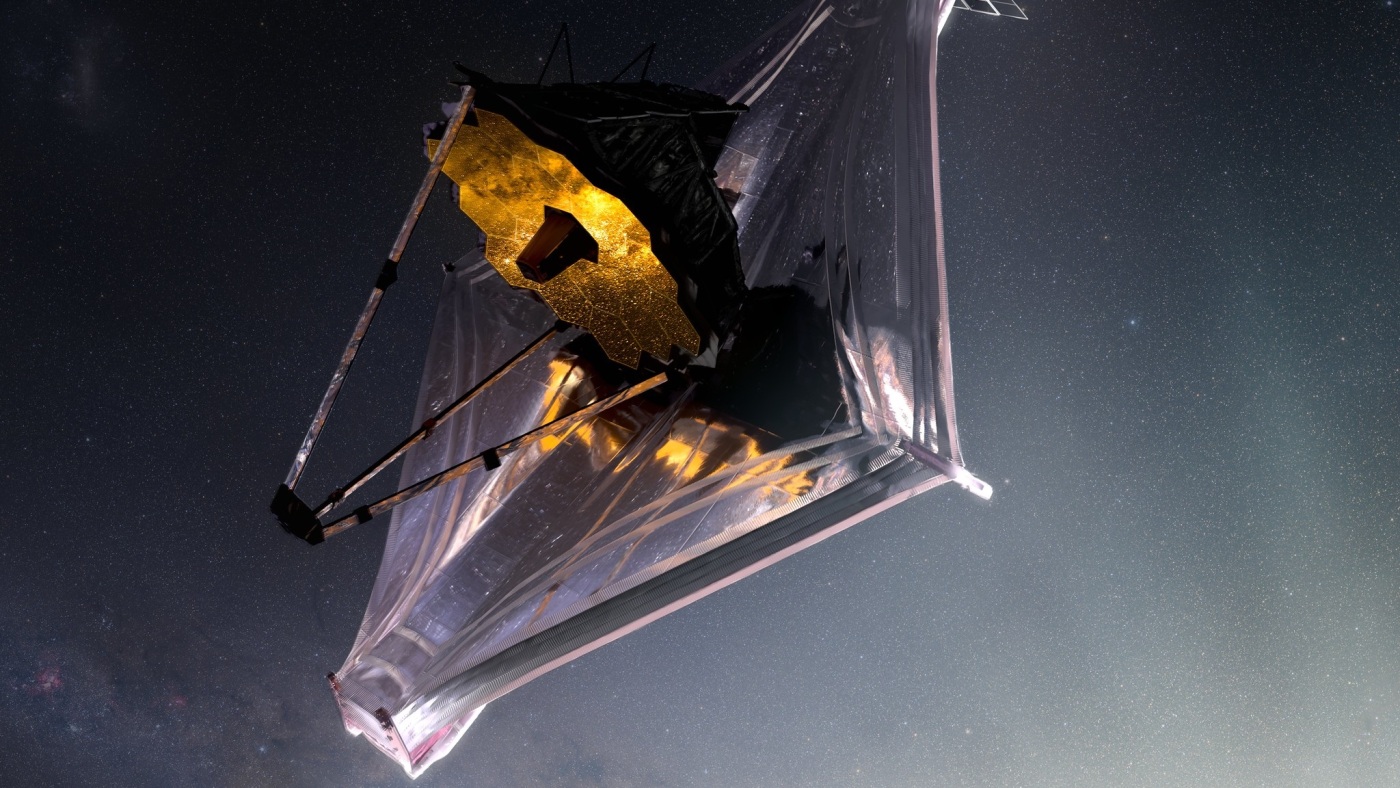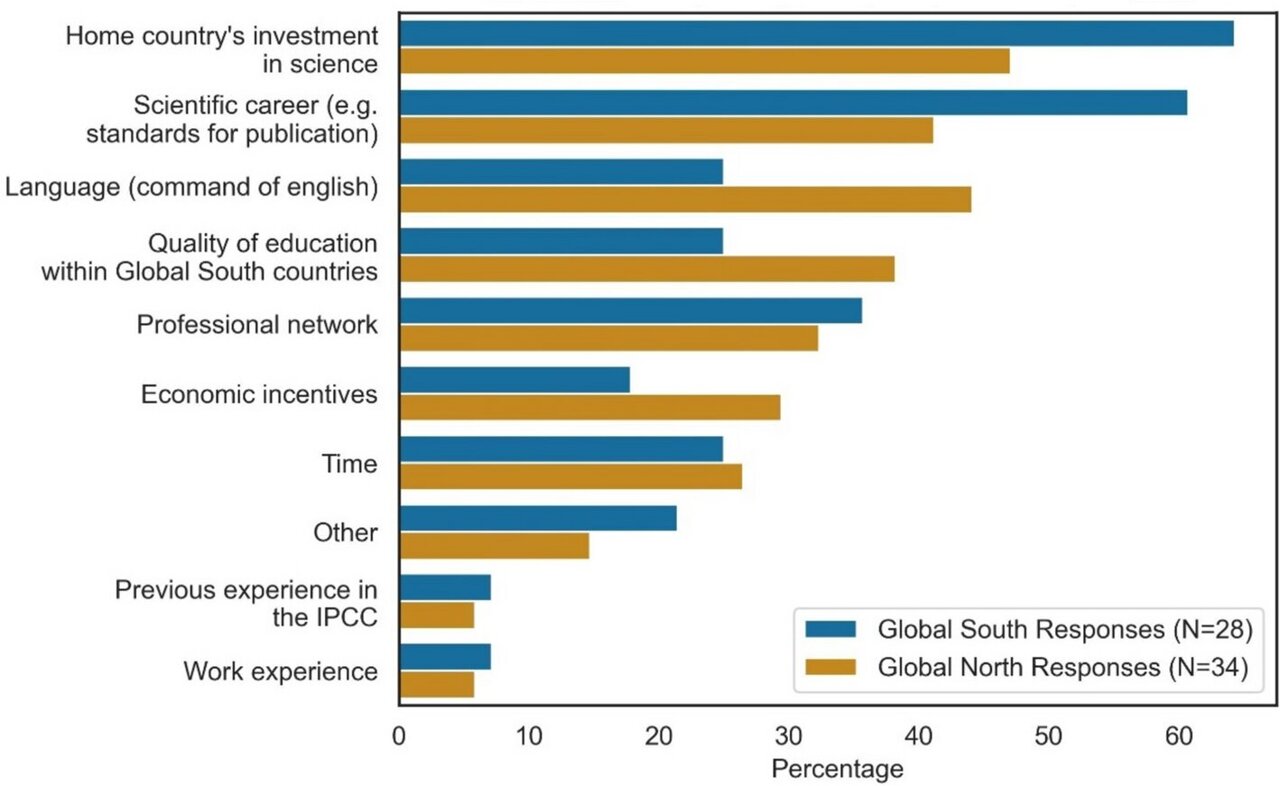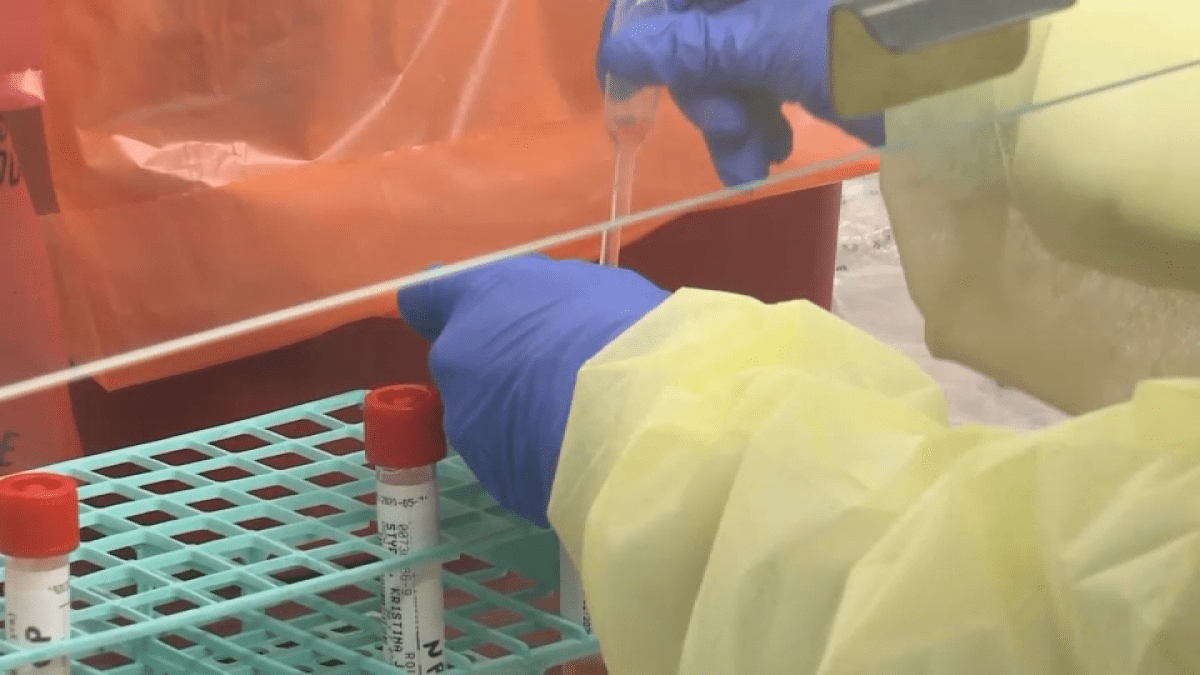Alien Life Hopes Dimmed: Scientists Unravel Mystery of Promising Exoplanet's 'False Signals'
Science
2025-04-25 10:00:00Content

In a scientific rollercoaster of discovery and doubt, astronomers are grappling with conflicting interpretations of potential life-supporting conditions on a distant exoplanet. Initially, researchers using the cutting-edge James Webb Space Telescope celebrated what seemed to be a groundbreaking detection of biosignature gases on planet K2-18b, sparking excitement about the possibility of extraterrestrial life.
However, the scientific community quickly tempered that enthusiasm. A subsequent, more rigorous analysis of the same telescope data has challenged the original findings, casting a shadow of uncertainty over the initial claims. This rapid reassessment highlights the meticulous nature of scientific research, where initial excitement is always subject to intense scrutiny and verification.
The back-and-forth surrounding K2-18b underscores the complex challenges of detecting potential signs of life beyond our solar system. It serves as a reminder that in the frontier of space exploration, each discovery is just the beginning of a longer, more nuanced investigation into the mysteries of the universe.
Cosmic Controversy: Webb Telescope's Biosignature Discovery Challenged by New Analysis
In the vast expanse of space exploration, scientific discoveries often walk a delicate line between breakthrough and uncertainty. The recent findings surrounding planet K2-18b represent a fascinating moment of scientific scrutiny, where initial excitement meets rigorous re-examination, challenging our understanding of potential extraterrestrial life.Unraveling the Mysteries of Distant Planetary Biosignatures
The Initial Discovery: Promising Biosignature Signals
The James Webb Space Telescope, humanity's most advanced eye into the cosmic unknown, initially sparked excitement among astronomers and astrobiologists. Researchers announced the detection of potential biosignature gases on the distant exoplanet K2-18b, igniting imaginations about the possibility of life beyond Earth. These preliminary findings suggested complex molecular interactions that could hint at biological processes, sending ripples of anticipation through the scientific community. The detection involved sophisticated spectroscopic analysis, parsing through minute atmospheric signals that might indicate the presence of life-supporting chemical compounds. Scientists meticulously examined wavelength patterns, searching for telltale signs of molecular interactions that could suggest biological activity.Scientific Skepticism and Methodological Challenges
However, the scientific process demands constant verification and critical analysis. A subsequent examination of the identical dataset has introduced significant doubt about the original interpretation. This new analysis reveals the complexity of extraterrestrial atmospheric detection, highlighting the immense challenges researchers face when attempting to identify potential biosignatures from millions of light-years away. The reanalysis demonstrates the inherent difficulties in distinguishing between potential biological signals and other astronomical phenomena. Complex atmospheric chemistry, instrumental limitations, and the vast distances involved create substantial interpretative challenges that require extraordinary levels of precision and validation.Technological Limitations and Future Implications
The James Webb Space Telescope represents a quantum leap in our observational capabilities, yet this incident underscores the instrument's ongoing developmental stage. Each observation becomes a learning opportunity, refining our methodological approaches and technological understanding. Researchers are now engaged in detailed discussions about the interpretation methodologies, signal processing techniques, and the nuanced challenges of extraterrestrial atmospheric analysis. This controversy serves not as a setback but as a critical moment of scientific refinement, pushing the boundaries of our cosmic understanding.The Broader Context of Exoplanetary Research
Beyond the specific case of K2-18b, this incident illuminates the broader landscape of exoplanetary exploration. Each challenge encountered represents a step toward more sophisticated scientific inquiry, demonstrating the iterative nature of astronomical research. The scientific community remains committed to unraveling the mysteries of distant worlds, recognizing that progress emerges through rigorous debate, repeated verification, and an unwavering commitment to understanding the universe's complex mechanisms. The journey of discovery continues, with each challenge bringing us closer to comprehending our cosmic neighborhood.RELATED NEWS
Science

Science Superstars: Oak Harbor Crushes Olympiad, Secures Ticket to State Showdown
2025-03-19 13:35:48
Science

Climate Research's Hidden Bias: Why Voices from the Global South Are Being Silenced
2025-04-30 14:44:04
Science

Breakthrough: Scientists Craft Living Human Teeth from Scratch in Groundbreaking Lab Experiment
2025-04-13 18:06:37





